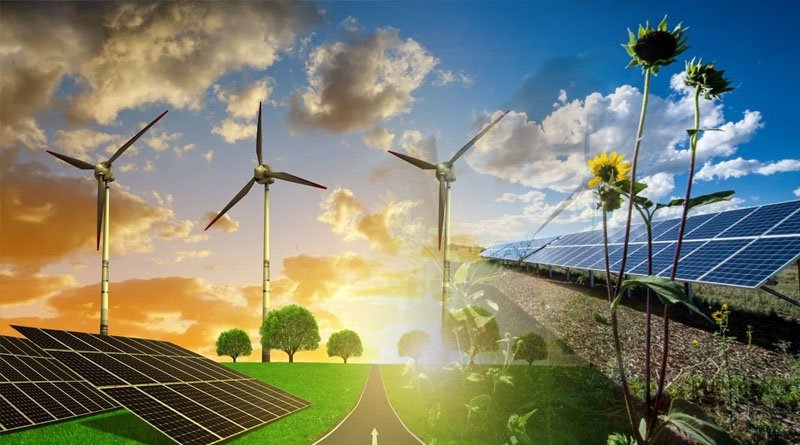The Huc enzyme has the potential to be used in tiny air-powered devices because it has the ability to convert hydrogen gas into an electrical current.

Australian researchers have found a bacterial enzyme that can turn air into energy, creating the potential for a brand-new clean source of power. The Huc enzyme has the potential to be used in tiny air-powered devices because it has the ability to convert hydrogen gas into an electrical current.
Researchers in Australia have found a bacterial enzyme that transforms air into energy, paving the way for a brand-new clean source of power. The research, which was published in the journal Nature, demonstrates that this enzyme generates an electrical current using the meagre amounts of hydrogen present in the atmosphere.
An enzyme that consumes hydrogen was created and examined by the research team using a common soil bacterium. Recent research by the team has demonstrated that many bacteria in nutrient-poor environments use atmospheric hydrogen as a source of energy.
Professor Chris Greening from Monash University in Australia said, “We’ve known for a while that bacteria can use the trace hydrogen in the air as a source of energy to help them grow and survive, including in Antarctic soils, volcanic craters, and the deep ocean. Greening added, “But until now, we didn’t know how they did this.
The enzyme needed to use atmospheric hydrogen was taken out of the Mycobacterium smegmatis bacteria by the researchers. They demonstrated how the Huc enzyme converts hydrogen gas into an electrical current. “Huc is incredibly effective.
It even consumes hydrogen below atmospheric levels—as little as 0.00005 percent of the air we breathe, unlike any other known enzymes and chemical catalysts, “said Monash University’s Rhys Grinter.
The molecular architecture of atmospheric hydrogen oxidation was revealed by the researchers using a number of cutting-edge techniques. They broke new ground to create the most resolved enzyme structure ever recorded using this technique by using advanced microscopy (cryo-EM) to determine its atomic structure and electrical pathways.
The group also used an electrochemical method to show that the purified enzyme can generate electricity at very low hydrogen concentrations. Ashleigh Kropp, a PHD candidate at Monash University, has demonstrated in the lab that purified Huc can be kept for a long time.
“It is incredibly stable. The enzyme can be frozen or heated to 80 degrees Celsius without losing its ability to produce energy,” “said Kropp. He explained, “This shows that this enzyme aids bacteria in surviving in the most hostile environments. According to the researchers, Huc is a “natural battery” that generates a constant electrical current from hydrogen that has been added to the air.
They continued, “While this research is still in its early stages, the discovery of Huc has significant potential for the development of small air-powered devices, for instance as a substitute for solar-powered devices.
